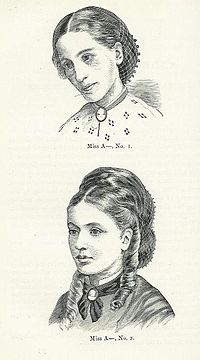
Photo from wikipedia
ABSTRACT Physical inactivity has become an increasingly important concern for public health. “Fitspiration” social media posts may influence attitudes and intentions toward exercising. An online survey (N = 485) was… Click to show full abstract
ABSTRACT Physical inactivity has become an increasingly important concern for public health. “Fitspiration” social media posts may influence attitudes and intentions toward exercising. An online survey (N = 485) was conducted to examine the potential for fitspiration content from weak and strong ties to shape user emotions, attitudes, norms and behaviors related to exercising. Guided by the theory of planned behavior (TPB) and social cognitive theory (SCT), the results show that exposure to fitspiration content from both strong ties and weak ties were significant predictors of particular attitudes, norms, intentions, actual exercise frequency. However, our path analyses reveal significant indirect paths between exposure to fitspiration content and outcomes for weak ties through negative emotions (guilt), but only through positive emotions (hope and curiosity) for strong ties. Additionally, we found evidence that body satisfaction levels do matter in shaping the interrelationships between exposure to fitspiration content, emotions, and our outcome variables. In light of our results, we encourage researchers to consider the inclusion of emotional responses as antecedents to TPB outcomes and for practitioners to consider the role of source in campaign design.
Journal Title: Health Communication
Year Published: 2022
Link to full text (if available)
Share on Social Media: Sign Up to like & get
recommendations!